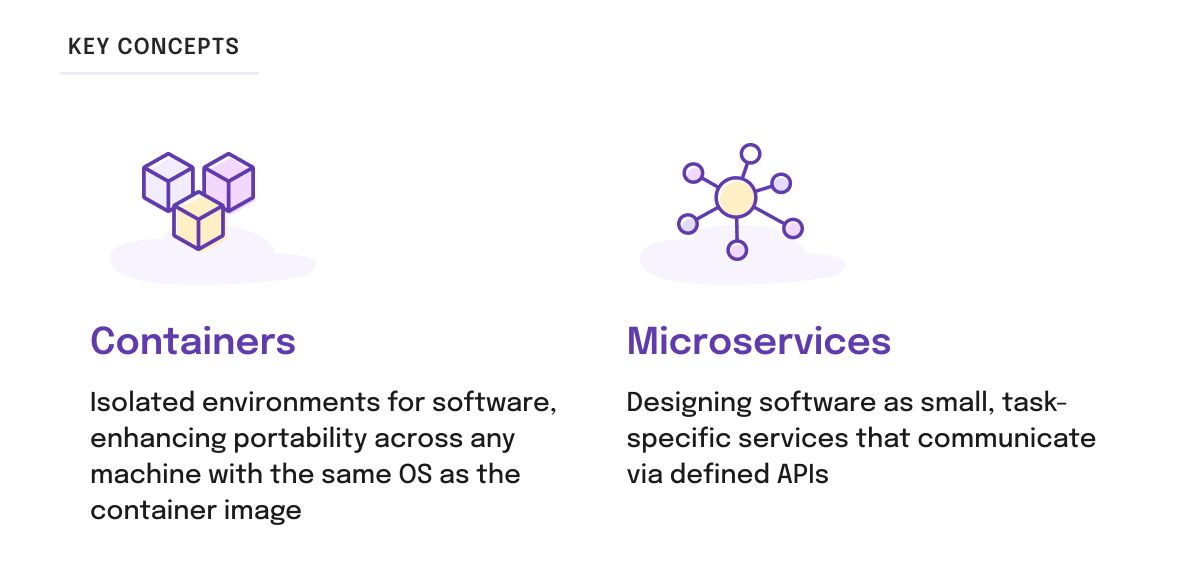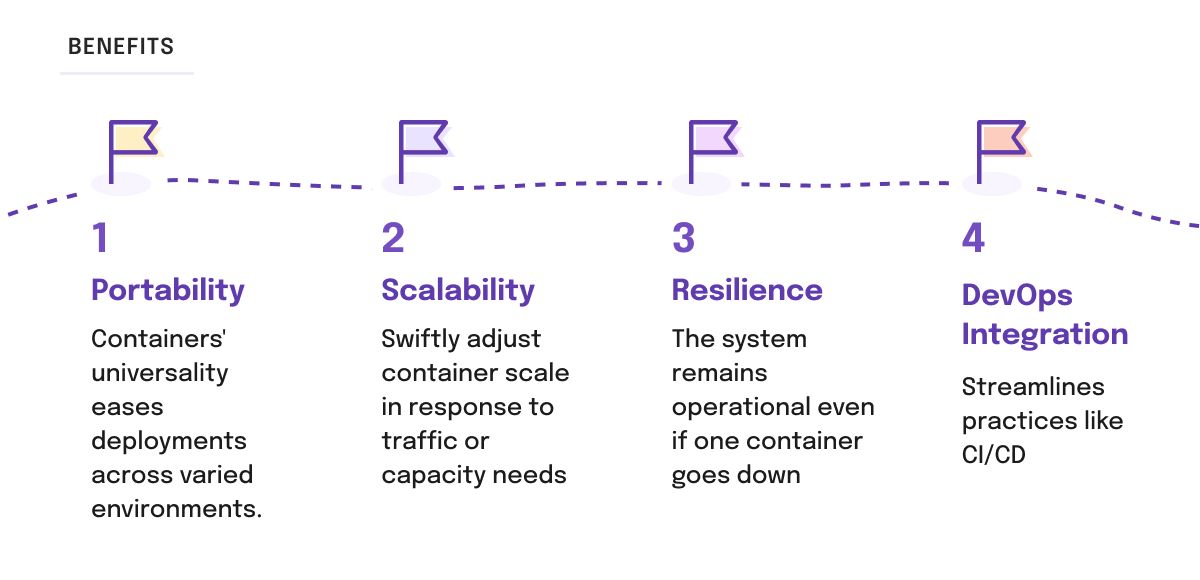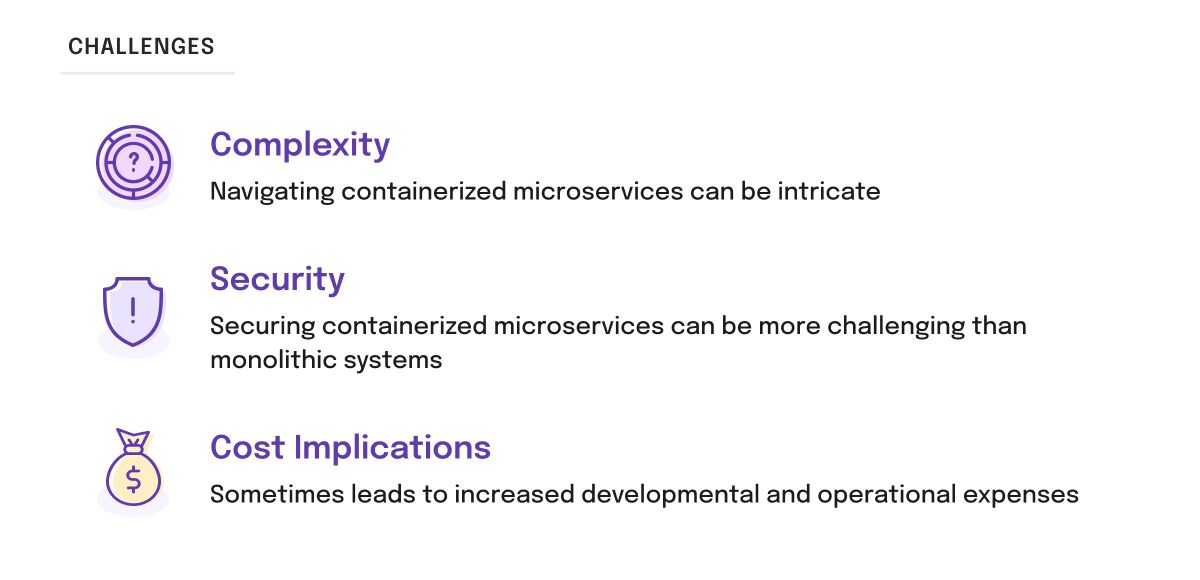In the vortex of rapid technological advancement, containerization and microservices emerge as pivotal game changers. These paradigms, though distinct, often converge to redefine modern application development. To truly establish thought leadership in this domain, one must delve deep into their intricacies, benefits, challenges, and best practices. In the high-stakes theater of technological leadership, containerization and microservices stand tall as the twin pillars of modern application development.

Containers
These are not just mere packaging mechanisms. Think of them as the zenith of software autonomy - offering unparalleled portability in a world that demands flexibility. The intrinsic value lies in the consistent environment they create, allowing applications to thrive irrespective of whether they're running in local silos, vast cloud expanses, or intricate hybrid architectures.
Microservices
This is the apotheosis of software architecture. By fragmenting monolithic constructs into granular, agile services, each catering to a particular function, the digital realm experiences an unprecedented combination of adaptability and efficiency.

Key Competitive Advantages for Leaders
Universal Portability: Containers defy environmental boundaries, ensuring applications function with unwavering consistency, from proprietary data centers to multi-cloud deployments.
Dynamic Scalability: Containers and microservices are built for the age of real-time demand. Amplify operations on-the-fly, adapting to surges in demand or diversifying functionalities.
Architectural Resilience: The modular nature of this paradigm safeguards against systemic failures. A hiccup in one container won’t bring the colossus down; ensuring continuity in service delivery.
Evolution of DevOps: The fusion of containerization with microservices isn't just an upgrade; it's a transformation, revolutionizing continuous integration and deployment paradigms.

Strategic Considerations for the C-Suite:
The Complexity Factor: Mastery demands effort. This architectural sophistication, while potent, requires an intricate orchestration and managerial oversight.
Security Strategy: The modular, dispersed nature of containerized microservices demands a novel approach to cybersecurity, ensuring that every node and service is impregnable.
Financial Prudence: Transitioning towards this avant-garde architecture might pose initial overheads. Yet, a visionary will recognize the substantial ROI in agility, performance, and scalability.

Evaluating Elite Cloud Platforms
Foremost cloud conglomerates such as Amazon Web Services (AWS), Microsoft Azure, Google Cloud Platform (GCP), and IBM Cloud are fervently catering to microservices. Leaders should align platform selection with strategic goals, scalability requirements, native service discovery, comprehensive security posture, and, not to be understated, fiscal imperatives.
The Code of Excellence
Upholding the SOLID Doctrine: These foundational principles ensure that the microservices crafted today remain resilient, adaptable, and future-compatible.
Commitment to Pristine Code: In a world awash with complexity, clarity and simplicity in code are the unmistakable hallmarks of genius.
Test-Driven Excellence: The gold standard in ensuring robustness, unit tests guide and validate every code evolution.
In addition, a strategic focus on:
-
Unified, Executive API design
-
Efficient, High-capacity messaging systems.
-
Proactive, Intelligent microservice monitoring.
In Essence:
For those leading the charge in digital supremacy, marrying containerization with microservices isn't a mere trend – it's the blueprint. This dual paradigm's potential, if harnessed judiciously, promises a future where applications are not just built but are sculpted for excellence.